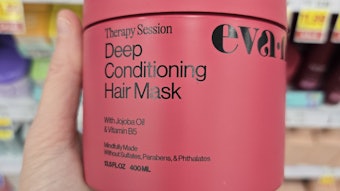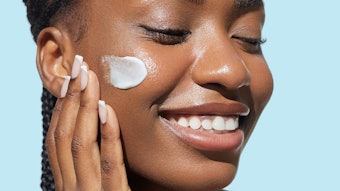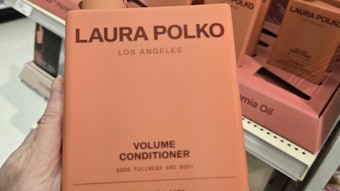Cationic polymers, specifically polyquaternium-10 and guar hydroxypropyltrimonium chloride, have been included in shampoos to confer wet-conditioning benefi ts and style to the hair after drying. Interest in these systems has recently been revived owing to advances in our knowledge of the nanoscience of self-assembling systems and polymer-surfactant coacervates. The trend has been driven commercially by the desire to enhance deposition of “actives” and benefit agents from cleansing compositions during the rinsing.
The origin of conditioning shampoos can be traced to the Balsam Shampoos of the 1960s followed by the introduction of polyquaternium-10 and the groundbreaking work and scientific insight of Des Goddard1 in the 1970s and 1980s in which he introduced the concept of polymer-surfactant complex coacervates that phase-separated and deposited on the hair during rinsing. During the 1980s and into the 1990s,complex coacervates were employed as vehicles for the deposition of silicone on hair as conditioning shampoos evolved. This trend continues today and the two original polyelectrolytes—polyquaternium- 10 and guar hydroxypropyltrimonium chloride—continue to be the dominant “polymer actives” in conditioning shampoos.










